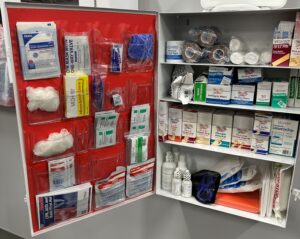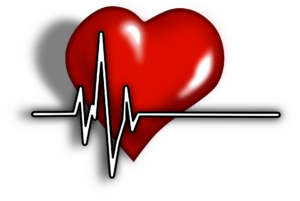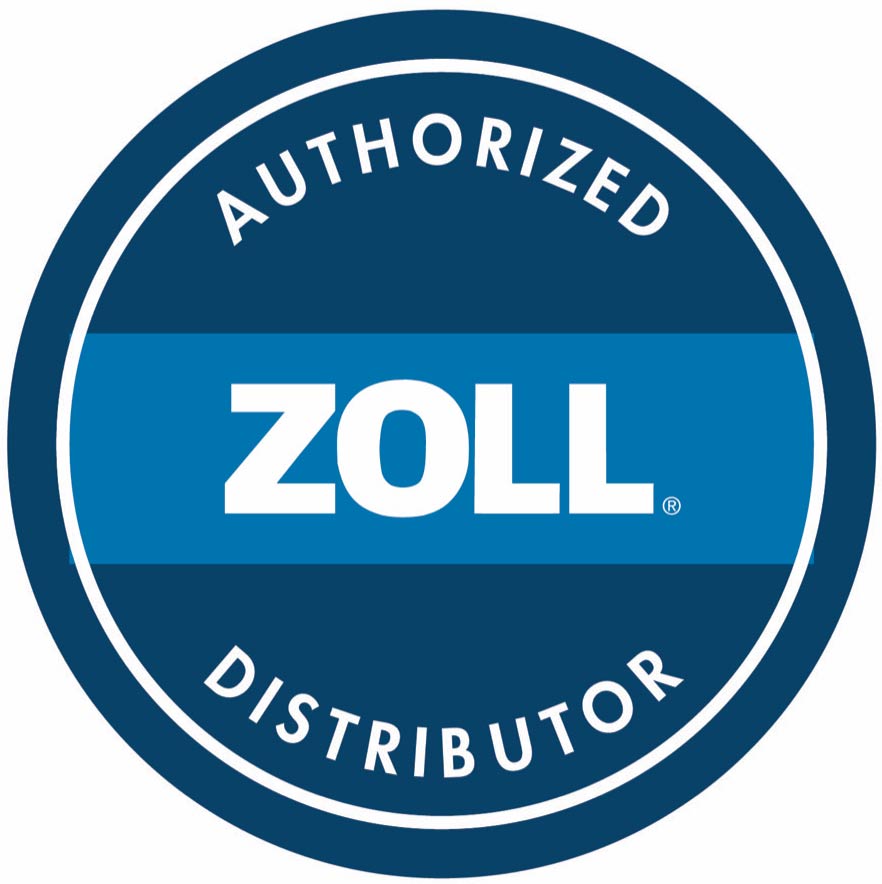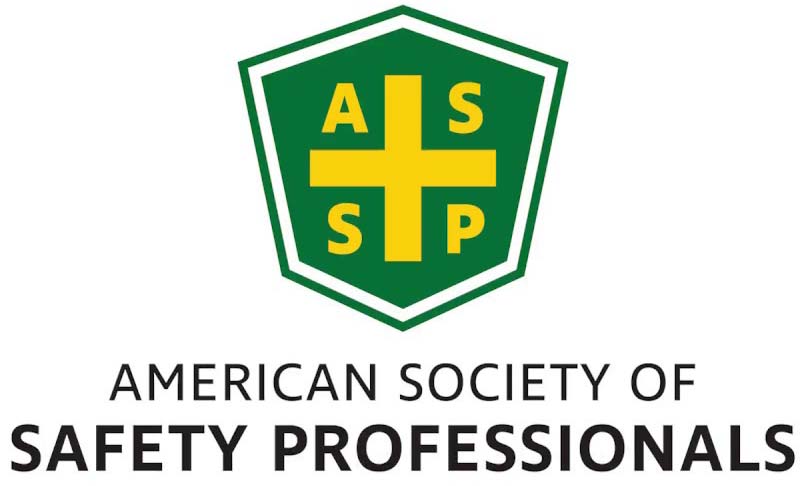Spring is a symbol of rebirth, and many will use this spring to clear their homes and garages of any unnecessary clutter. Whether you’re undertaking a major purge or just planning on tidying up, spring cleaning is the perfect opportunity to reevaluate the current safety measures in your home and how you can improve on them. Below, our team of safety preparedness experts at Heart to Beat shares tips for making your home a safe sanctuary this spring.
In this article, we’ll cover the following on how to Make Safety a Priority in Spring Cleaning:
- Check All Expiration Dates
- Make Sure Hazardous Materials Are Properly Stored
- Dust
- Test All Batteries in Smoke Detectors and Carbon Monoxide Detectors
- Declutter
- Install and Restock First Aid Kits
What To Do: Check All Expiration Dates
Take inventory of your fridge and pantry and throw out anything that has passed its expiration date, including condiments, canned foods, and dry goods. Once you’ve gone through your kitchen, apply the same rule to your bathroom and medicine cabinet. Dispose of any expired or unneeded medicines, ointments, or supplements.
If disposing of prescription medications, especially opioids, it is important that you do so properly. Disposing of these medications by throwing them away is extremely unsafe, as pets or children could accidentally ingest them. The U.S. Drug Enforcement Agency (DEA) sponsors National Prescription Drug Take-Back Day on April 30th to help with the proper collection and disposal of medication. In addition, many communities have their own drug take-back programs. For disposal of other medications, see the FDA’s recommendations here.
If you have makeup, take inventory and discard old products. As a general rule, foundation, blush, and eyeshadow only last up to two years. Lipstick should be thrown out a year after it has been opened. Eye makeup, such as mascara or eyeliner, needs to be replaced every three months.
Why Do it:
Keeping expired products in your house is not only a waste of space, but a health risk. Expired food products in the kitchen increase the risk of someone contracting a foodborne illness. Old makeup can carry bacteria, and continuing to use it past its shelf life can result in infections. Keeping unneeded or expired medications puts pets and children at risk of accidentally ingesting them. It also increases the risk of you or another adult taking the incorrect medication. Both of these scenarios can be extremely dangerous. If you believe that someone has ingested a poisonous substance, call poison control immediately: 800-222-1222.
Once you’ve cleared out these areas, take time to wipe surfaces down with cleaning products to kill any lingering bacteria.
What To Do: Make Sure All Hazardous Materials Are Properly Stored
Spring cleaning is a great time to make sure that potentially hazardous products are out of reach of tiny hands or furry paws. These include cleaning supplies, paints, paint thinners, gasoline, fertilizers, antifreeze, motor oil, swimming pool chemicals, and other hazardous materials. Make sure that materials are properly stored, as directed by their labels. Flammable chemicals should be stored in a cool, dry place away from heat and sunlight. Ensure that any volatile chemicals, such as acids, are stored away from other unstable chemicals that could cause a reaction.
If storing substances on a shelf, make sure that the shelves are sturdy. It is recommended to store hazardous materials on a shelf with an anti-roll lip, as this will prevent containers from being knocked off and spilling. Make sure that materials are stored at or below eye level–by not having to reach up to retrieve a container, you reduce the risk of eye irritation.
For your reference, make sure that all products are clearly labeled with their name and expiration date. This will prevent the improper mixing or accidental use of potentially dangerous substances and allow you to dispose of materials when necessary.
Never leave hazardous materials out in the open. The best place to store them is in cabinets with doors. If you have curious toddlers or know that your pets can get into storage areas, consider installing child-proof latches on any cabinets or doors as an extra layer of safety.
Why Do It:
Nearly nine out of 10 unintentional poisonings occur in the home. By making the proper storage of hazardous materials part of your spring cleaning routine, you can reduce the risk of your family and loved ones becoming a statistic of unintentional poisoning.
For an added measure of safety, post poison control numbers in easy-to-access places in your home, such as by your phone, on your fridge, or near where you store hazardous materials. Having this number handy can allow you to react swiftly in the event of an emergency.
What To Do: Dust
While dusting may seem like a staple in the average spring cleaning routine, doing so can greatly reduce the risk of home fires. This spring, take time to remove dirt and debris from places that you may often neglect, including:
- Toaster ovens,
- Heaters,
- Bathroom exhaust fans,
- Air conditioners,
- Range hoods,
- Chimneys,
- Outdoor grills, and
- Dryer vents.
In addition, inspect porches, gutters, and attics for any critter nests. If a furry friend has made a home in your space, contact an exterminator and have any nests removed. These nests can be extremely flammable.
Why Do It:
While dust may not be the direct cause of a fire, it can greatly accelerate the rate at which a fire spreads. Cleaning surfaces will leave you with a fresher, safer home and more peace of mind.
What To Do: Test All Batteries in Your Smoke Alarms and Carbon Monoxide Detectors
Spring is a great time to inspect your smoke alarms and carbon monoxide detectors, replace any necessary batteries, and correct faulty wiring.
Why Do It:
Smoke alarms are your first line of defense in the event of a fire. A properly functioning fire alarm can greatly improve the chance that you and your loved ones are able to get out of a burning house safely. Because carbon monoxide is impossible to detect by humans through sight or smell, having working detectors is imperative.
This is also a great time to educate family members on what your plan is in the event of a fire or carbon monoxide emergency. Make sure that all children know what the alarms sound like. Educate them on what to do in the event of a fire, including where to go once they evacuate the home.
What To Do: Declutter
One of the most rewarding parts of cleaning can be the mass removal of all unwanted or unneeded items. Not only can this make your home feel lighter, but it can also make it safer.
Go through your home and take inventory of furniture, clothing, and personal items that you no longer need. Donate or discard anything that is broken, no longer fits, or is no longer your style. This is a great opportunity to make donations to local charities.
Decluttering isn’t limited to your interiors. Take time to clear out your porch and garage as well, as these areas can act as clutter magnets.
Why Do It:
Discarding unneeded rugs or furniture decreases tripping hazards in the home, which can be especially beneficial for older individuals or those with limited mobility. One out of every five falls results in a serious injury, so reducing tripping hazards can keep you and your loved ones safe.
Maintaining a clear entry into your home is convenient for you and especially helpful for EMS in the event of an emergency. Should they have to respond to a call,e, they will need a clear path into and out of your home. Keeping a clutter-free garage and porch is also necessary if EMS were to require entry through those access points.
What To Do: Install and Restock First Aid Kits
Use your spring cleaning as a time to check your first aid supply. Ideally, you should have a first aid kit easily accessible on each level of your home. If you have a garage or other outside area, such as a pool, it is also advantageous to keep a kit there.
If you already have first aid kits installed in your home, take inventory of what is in the kit. Dispose of anything that is expired or no longer working and replace what is running low. It is also important to organize your kits–by keeping the layout and contents of your kits identical, you will make responding to a first aid emergency much easier.
Why Do It:
Injuries at home are all too common. We spend a lot of time at home, and sustaining an injury there is almost inevitable. Keeping first aid kits stocked and easy to reach will allow you to quickly react to small accidents and provide care in the event that you should have to seek medical attention. For an added layer of emergency preparedness, undergoing first aid training will arm you with important skills.
Spring into Safety with Heart To Beat
If you’re looking to make spring the safest season yet, consider taking a class with Heart To Beat. We offer hands-on classes taught by current or retired field practitioners, allowing you to learn from the best. Class offerings include CPR, CPR/AED, and first aid. To browse upcoming classes or to sign up, visit our Eventbrite page.











